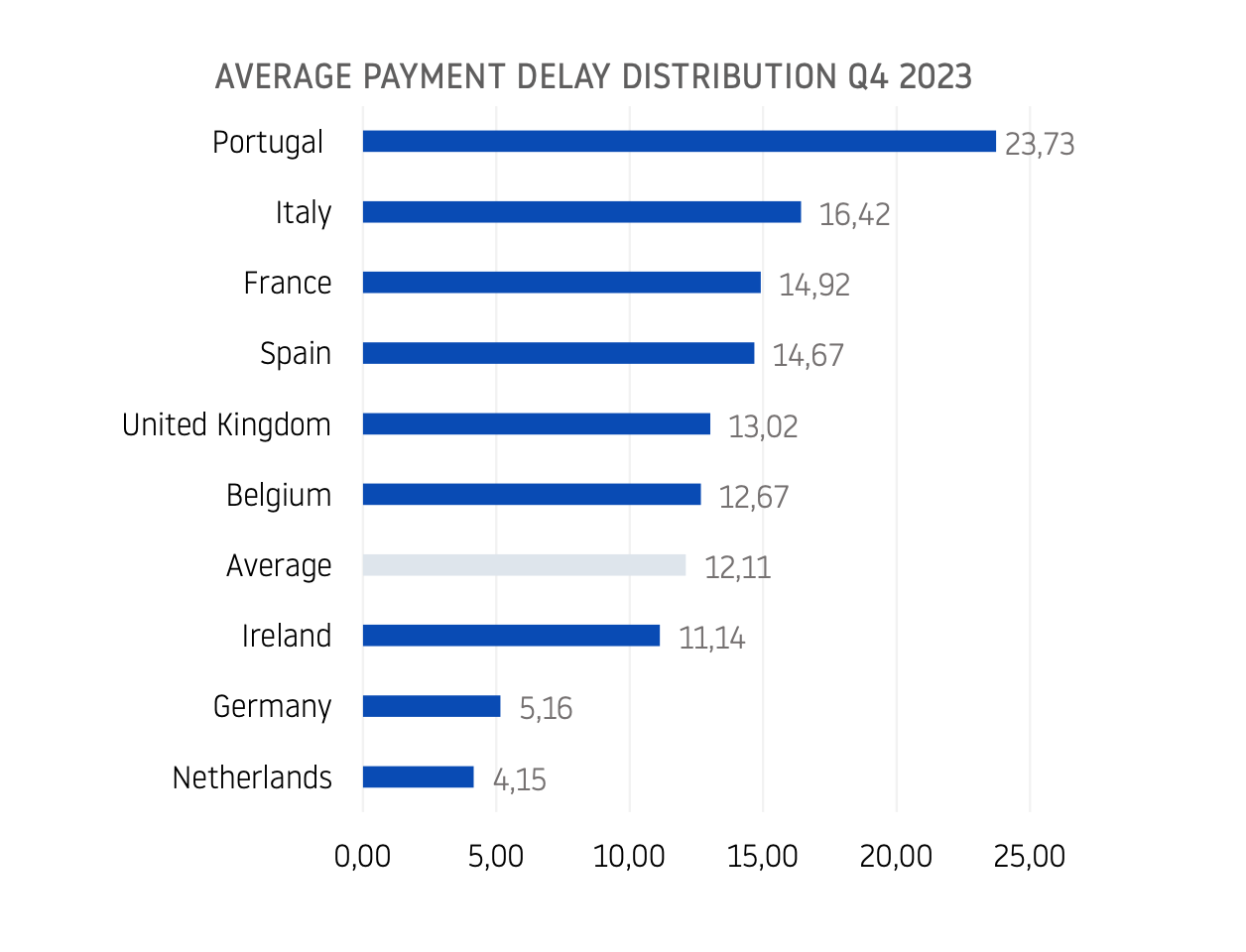Published Nov 2025
Vietnam’s New Energy for Growth: Taking Stock of an Electrifying Transition
Vietnam’s economy surged by 7.1% in 2024, leading the East Asia region, driven by strong exports and manufacturing recovery. The World Bank’s latest “Taking Stock” report highlights Vietnam’s rapid transition toward e-mobility and green growth, with electric vehicles and renewable energy poised to redefine its economic landscape. Vanguard Business Information (VNBIS) continues to deliver trustworthy insights into Vietnam’s evolving market and policy environment.

Vietnam enters 2025 with economic momentum few developing nations can match.
According to the World Bank’s Taking Stock: Viet Nam Economic Update – March 2025, the country’s GDP jumped 7.1 percent in 2024, surpassing every other developing economy in East Asia. A surge in exports drove the rebound, revived investment, and a steady return of industrial jobs, yet beneath the strong figures lie profound structural shifts shaping Vietnam’s next chapter of growth.
1. The Region’s Fastest-Growing Economy
In a year when many regional peers were losing steam, Vietnam stood out. The Philippines expanded by about 5.8 percent in 2024, Indonesia by 5.1 percent, and Malaysia by just under 4 percent. Vietnam’s 7.1 percent growth rate not only surpassed ASEAN’s average but also exceeded the government’s own target range of 6–6.5 percent.
This remarkable rebound follows a slowdown in 2023 when exports contracted by 2.5 percent. In 2024, however, merchandise exports jumped 15.5 percent, led by a global technology upcycle that revitalized electronics shipments. Imports rose 16.1 percent, reflecting Vietnam’s deep integration into regional supply chains, a hallmark of its export model.
Industrial output increased by 8.2 percent, mainly driven by manufacturing, which contributed over 40 percent of GDP growth. Services grew by 7.4 percent, supported by the rebound in tourism, with 17.6 million foreign visitors recorded, nearly 40 percent more than in 2023. Agriculture, on the other hand, experienced modest growth of 3.3 percent, hampered by typhoon disruptions and climate-related shocks in northern provinces.
2. Investment Recovery Amid Fiscal Tightening
Total investment grew 7.2 percent in 2024, closing in on pre-pandemic levels. The private sector contributed 62 percent of this expansion, buoyed by Foreign Direct Investment (FDI) commitments that climbed 10.6 percent to US$38.2 billion. The manufacturing sector absorbed two-thirds of total FDI inflows, reflecting continued investor confidence in Vietnam’s role as an alternative production base to China.
Yet the government’s fiscal stance turned cautious. After a central post-COVID stimulus in 2023, public investment disbursement slowed to just 77.5 percent of approved plans in 2024 due to land-clearance issues, material shortages, and procedural delays. Consequently, the fiscal balance swung to a 1.8 percent surplus, reversing the 2023 deficit.
This pattern contrasts with other regional economies. The Philippines and Thailand continued expansionary fiscal programs to support consumption and infrastructure, while Malaysia maintained a moderate deficit of 3.5 percent of GDP. Vietnam’s conservative fiscal position preserves macro stability but risks slowing the rollout of vital infrastructure — particularly in transport, logistics, and power generation.
3. Labor Market Stabilizes, Incomes Rise, but Cautiously Spent
Vietnam’s labor market recovered stability, with 52.1 million people employed by the end of 2024, an increase of 550,000 from the previous year. Manufacturing employment grew by 3.4 percent, mainly driven by machinery and electronics production. The unemployment rate remained at 2.2 percent, while underemployment decreased to 1.7 percent, indicating improved labor utilization.
Still, youth unemployment climbed to 8 percent, suggesting a skills gap in fast-industrializing sectors. Real wages increased 4.8 percent after inflation, supported by a 30 percent hike in the public sector wage base from July 2024. Yet households remained cautious — savings rose to 37.2 percent of GDP, up from 33.6 percent in 2023, dampening domestic consumption.
Retail sales grew 9.3 percent, below the pre-pandemic average of 11.6 percent, reflecting weak consumer confidence despite a temporary VAT cut to 8 percent. By comparison, Indonesia’s domestic demand contributed over 60 percent of GDP growth in 2024, highlighting Vietnam’s continued dependence on external markets.
4. External Balances: Strength and Vulnerability
While Vietnam’s trade surplus remains robust, US$24 billion or 5 percent of GDP in 2024, the balance of payments turned negative (-2.3 percent of GDP) due to large capital outflows. Foreign investors maintained confidence in manufacturing but repatriated profits and adjusted portfolios amid global interest-rate differentials.
The State Bank of Vietnam (SBV) managed these pressures deftly. The dong depreciated 4.4 percent against the US dollar to VND 25,333, within the policy band. To contain volatility, SBV sold US$9.4 billion in reserves, reducing holdings to 2.5 months of imports. Inflation averaged 3.6 percent, below the 4.5 percent target and lower than inflation in most ASEAN peers, a testament to SBV’s measured monetary stance.
The central bank’s 15 percent credit growth cap was met by year-end, with loans expanding primarily in trade, manufacturing, and real estate. However, the World Bank cautioned that this quota-driven lending could lead to inefficiencies and misallocation of resources if not recalibrated toward productivity.
5. The Energy Paradox: Rising Intensity in a Green Ambition
A striking finding in the 2025 report is the increase in electricity intensity, which rose to 590 kWh per US$1,000 of GDP, the highest level since 2015. Electricity demand grew 10 percent, outpacing economic expansion, driven by energy-intensive sectors such as steel, rubber, and chemicals.
This trend highlights Vietnam’s industrialization paradox: while aiming for net-zero targets by 2050, its manufacturing growth is increasing energy dependence. Power generation grew by 10 percent in 2024, but regional disparities remain: industrial northern provinces face ongoing supply issues, while renewable projects in the south await grid upgrades.
In contrast, Malaysia and Thailand achieved moderate declines in energy intensity thanks to efficiency gains and diversified generation mixes. Vietnam’s challenge will be to align industrial expansion with energy efficiency, ensuring the Power Development Plan VIII (PDP8) delivers on renewable targets without disrupting supply.
6. Outlook: Moderation with Momentum
The World Bank forecasts 6.8 percent growth in 2025 and 6.5 percent in 2026. External demand is expected to cool due to slower growth in China and the United States, Vietnam’s two largest markets. The report highlights three main risks:
-
Trade fragmentation and protectionist shifts could weaken export momentum.
-
Financial sector vulnerabilities, particularly in real estate and corporate bonds, require continued vigilance.
-
Energy and infrastructure bottlenecks may constrain investment capacity.
Still, the outlook remains largely positive. Increased public investment, a recovering property sector, and expanding services could compensate for weaker exports. The World Bank urges authorities to accelerate structural reforms, strengthen financial oversight, and increase infrastructure spending, especially in transport and power networks, to support growth.
7. Electrifying the Future: Vietnam’s E-Mobility Transition
The Taking Stock report’s special focus, “Electrifying Journeys: E-Mobility Transition in Vietnam,” casts light on one of the country’s most transformative policy arenas. With transport accounting for over 7 percent of total greenhouse-gas emissions, electrifying vehicles is essential to Vietnam’s net-zero ambition.
Under Government Decision 876/QD-TTg, Vietnam aims to have 50 percent of urban vehicles and 100 percent of buses and taxis be electric by 2030, with full electrification by 2050. The World Bank projects cumulative demand for over 7 million EVs by 2030 and 71 million by 2050.
This transition could generate 6.5 million jobs across the EV value chain, 60 percent of which would be in charging infrastructure. But realizing this potential requires urgent investment in grid capacity, smart-charging systems, and renewable generation. The report recommends integrating EV demand into future power-planning cycles, promoting differentiated electricity tariffs for off-peak charging, and encouraging rooftop solar at public charging stations.
Neighboring economies are moving in parallel: Thailand targets 30 percent EV production by 2030, Indonesia is developing a battery-manufacturing hub, and Malaysia is expanding EV tax incentives. Vietnam’s advantage lies in its dual strength, positioning it to lead Southeast Asia’s green mobility race.
8. The Bigger Picture: From Momentum to Maturity
Vietnam’s current path reflects the challenges of an emerging global power. It is the region’s fastest-growing economybut increasingly vulnerable to external shocks and structural issues. To achieve sustainable prosperity, it must balance short-term stabilization with long-term transformation, shifting from export dependence to innovation, from fossil fuels to clean energy, and from labor abundance to productivity-focused growth.
As the World Bank aptly notes, “Vietnam’s energy resilience, financial soundness, and structural reforms will determine whether its growth remains a sprint or becomes a marathon.”















